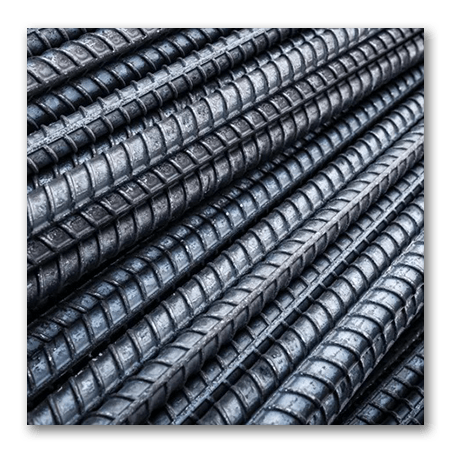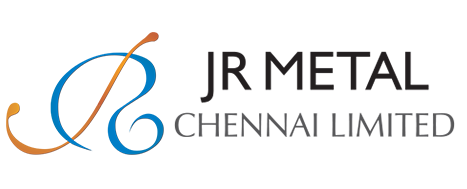TMT Bars
Thermo Mechanically Treated (TMT) Bars represent the next generation of high-strength reinforcement steel, specially designed to meet the evolving demands of modern construction. Known for their superior mechanical and chemical properties, JR TMT Bars offer exceptional weldability, ductility, bendability, and corrosion resistance, making them the preferred choice for engineers, architects, and builders across the country.
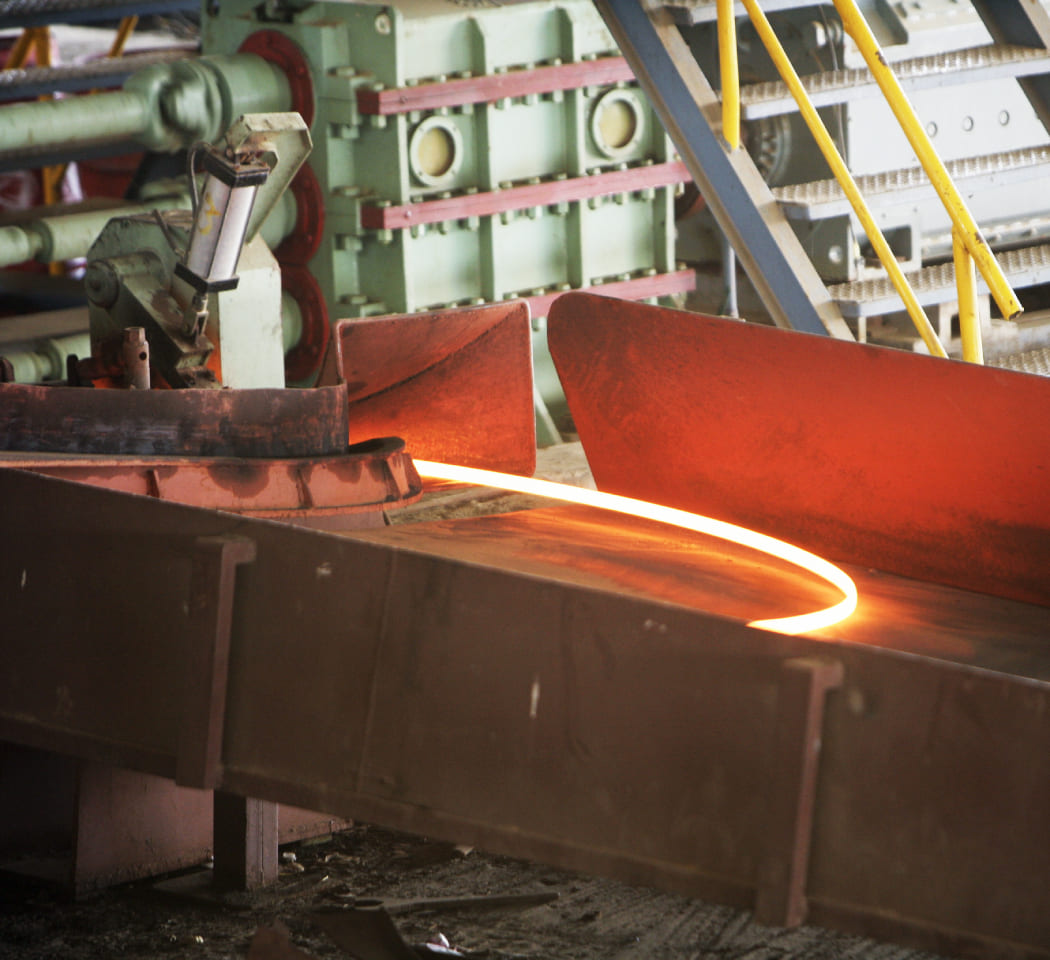
Product Application
TMT bars are widely used in construction applications, especially for reinforced concrete structures, due to their high strength and ductility. Some of the common applications of TMT bars include:
Building construction: TMT bars are used extensively in building construction for reinforced concrete beams, columns, slabs, and other structural elements.
Bridges and flyovers: TMT bars are used for the construction of bridges, flyovers, and other transportation infrastructure due to their high strength and durability.
Dams and power plants: TMT bars are used for the construction of dams, power plants, and other heavy industrial structures where high strength and durability are required.
High-rise buildings: TMT bars are ideal for use in high-rise buildings where the structural elements need to withstand the weight and pressure of multiple floors.
Underground structures: TMT bars are used for the construction of underground structures such as tunnels, subway stations, and parking lots due to their high strength and resistance to corrosion.
At JR Metal, quality is not just a promise — it’s a process. Our TMT Re-Bars are manufactured from premium-quality billets produced in-house, allowing us to maintain complete control over every stage of production, from raw material to the final product. Every bar undergoes rigorous quality checks to ensure compliance with the highest international and Indian standards.
We offer a wide range of grades to suit diverse structural needs
Fe 500, Fe 500D, Fe 550, Fe 550D, and CRS 550D, manufactured to ensure consistent performance even under the most demanding conditions.
Our bars are available in standard diameters ranging from 8mm to 40mm, with a standard length of 40 feet (12.2 meters). For special projects or infrastructure applications, we also custom-manufacture lengths up to 22 meters based on client requirements.
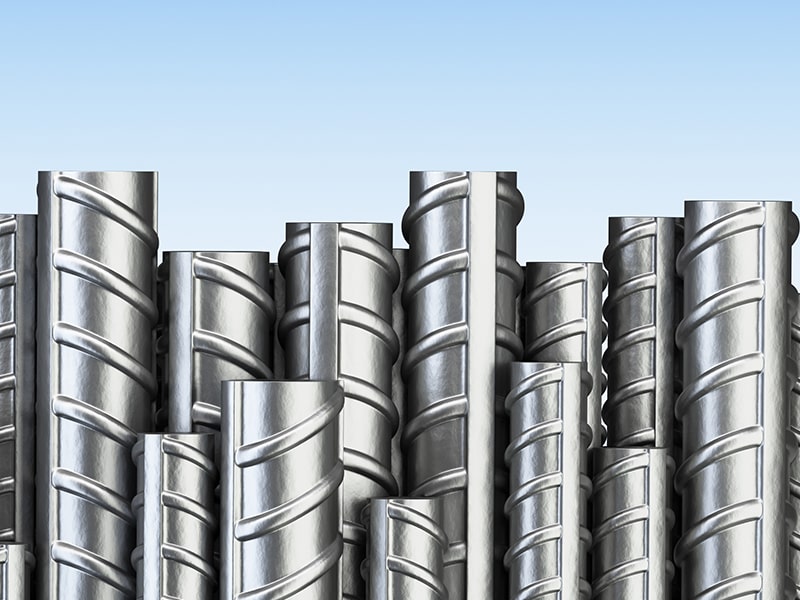
When you choose JR TMT, you're not just choosing steel — you're choosing Strength, Reliability, and a Legacy of Engineering Excellence.
Weight Parameters
| Size (mm) | Weight (Per Meter in Kgs) | Weight (Per Rod in Kgs) |
|---|---|---|
| 8mm | 0.395 – 0.400 | 4.819 – 4.880 |
| 10mm | 0.598 – 0.614 | 7.290 – 7.490 |
| 12mm | 0.860 – 0.868 | 10.490 – 10.589 |
| 16mm | 1.516 – 1.530 | 18.490 – 18.666 |
| 20mm | 2.420 – 2.459 | 29.500 – 29.990 |
| 25mm | 3.790 – 3.810 | 46.200 – 46.480 |
| 32mm | 6.220 – 6.270 | 75.880 – 76.494 |
Key Features of JR TMT
Fire Resistance
Designed to withstand extreme temperatures — retains structural integrity even up to 500°C, providing critical safety in fire-prone environments.
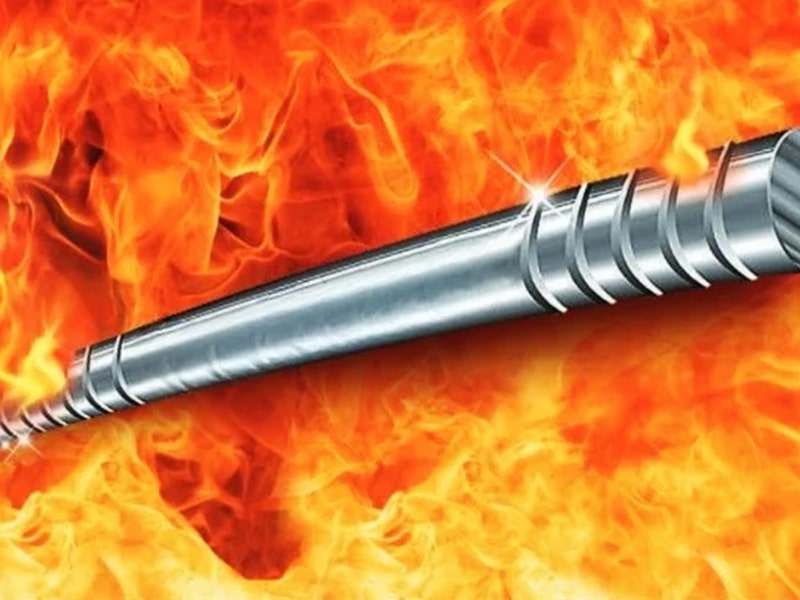
Corrosion Resistance
The TMT process ensures a protective outer layer, offering enhanced resistance to rust and corrosion — ideal for coastal and humid conditions.
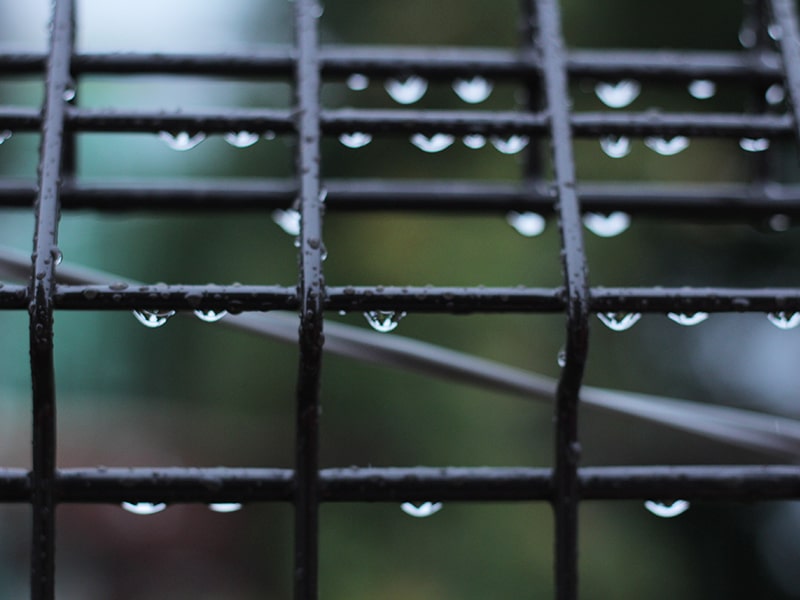
Earthquake Resistance
The soft ferrite-pearlite core imparts excellent ductility, enabling the bars to absorb and dissipate seismic energy, making them ideal for earthquake-prone zones.
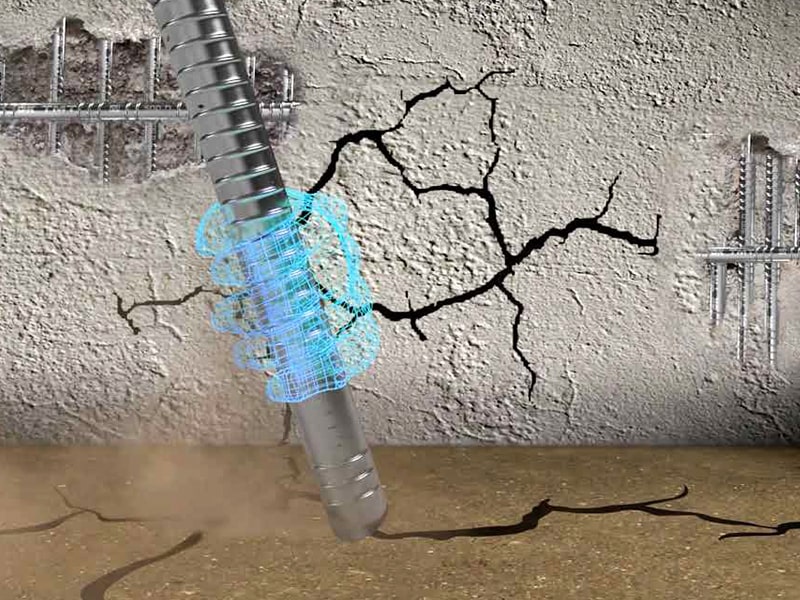
Excellent Malleability
JR TMT Bars are flexible and easy to bend, allowing effortless use in a wide range of structural and architectural applications.
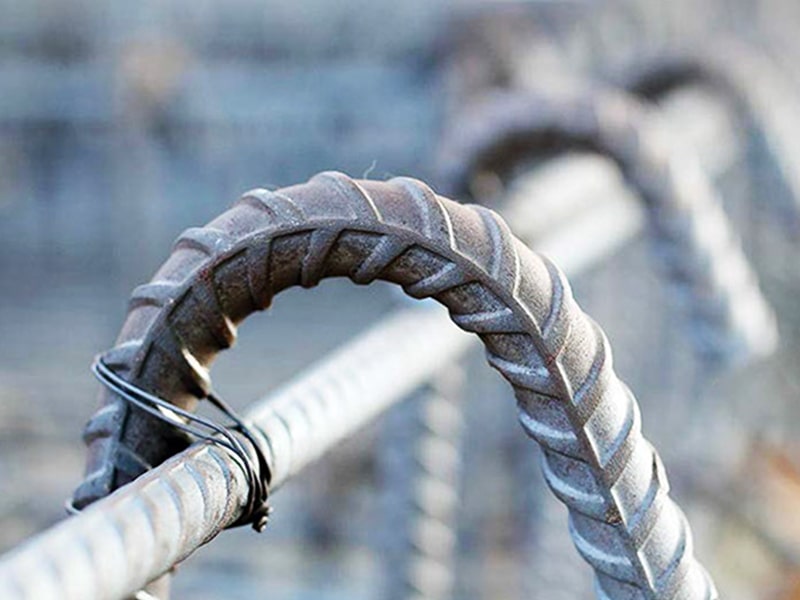
Superior Weldability
Manufactured with controlled carbon content, our bars offer exceptional weldability without compromising strength — suitable for all welding processes.
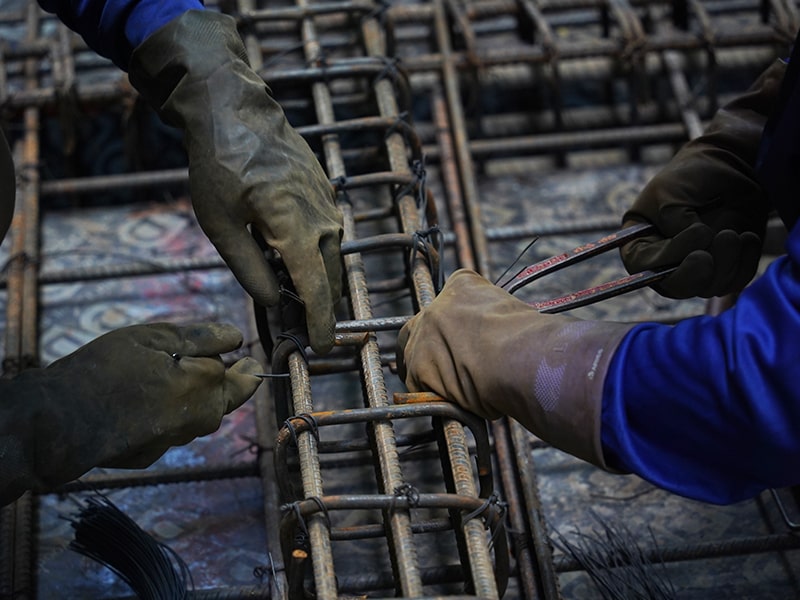
High Bonding Strength
Precisely engineered ribs ensure a strong mechanical grip with concrete, improving load transfer and structural stability.
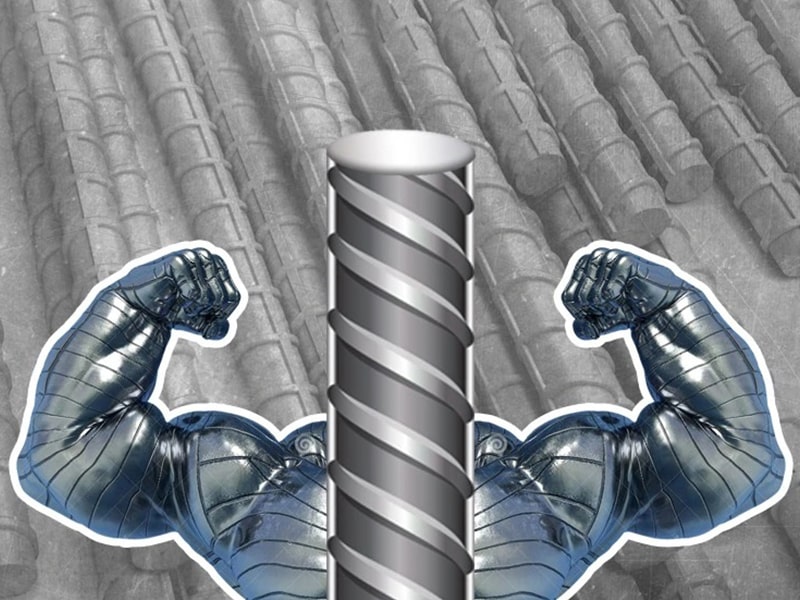
Cost Efficiency
With high tensile strength and excellent elongation, JR TMT Bars offer greater coverage with less steel, ensuring optimal performance and cost savings.

Fe 500D
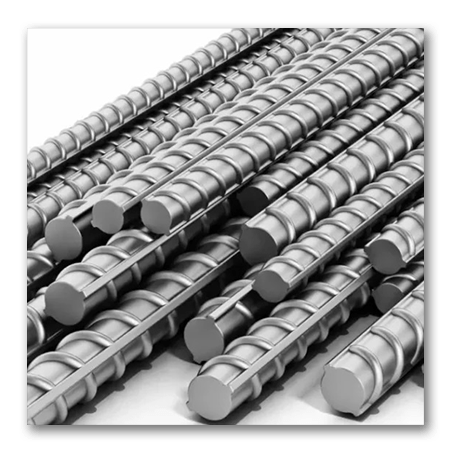
Physical and Chemical Properties
| Physical Properties | FE 500D Grade | Chemical Properties | FE 500 D Grade | ||
|---|---|---|---|---|---|
| BIS | JR TMT | BIS | JR TMT | ||
| Yield strength N/mm2 Min | 500 | 520–560 | Carbon (Max%) | 0.25 | 0.18 – 0.22 |
| Tensile strength N/mm2 Min | 565 | 570–580 | Sulphur (max) | 0.040 | 0.030 |
| Stress ration (TS/YS) Min | 1.10 | 1.08 | Phosphorous | 0.040 | 0.035 – 0.040 |
| Elongation % | 16.0 | 16.0–18.0 | Sulphur & Phosphorous | 0.075 | 0.072 |
Fe 550
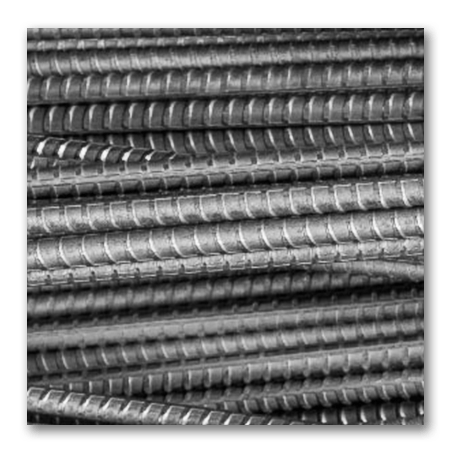
| Physical Properties | FE 550 Grade | Chemical Properties | FE 550 Grade | ||
|---|---|---|---|---|---|
| BIS | JR TMT | BIS | JR TMT | ||
| Yield strength N/mm2 Min | 550 | 580–610 | Carbon (Max%) | 0.30 | 0.18 – 0.22 |
| Tensile strength N/mm2 Min | 585 | 585–640 | Sulphur (max) | 0.055 | 0.040 – 0.050 |
| Stress ration (TS/YS) Min | 1.10 | 1.12–1.14 | Phosphorous | 0.050 | 0.045 – 0.050 |
| Elongation % | 10 | 16–20 | Sulphur & Phosphorous | 0.100 | 0.090 |
Fe 550D
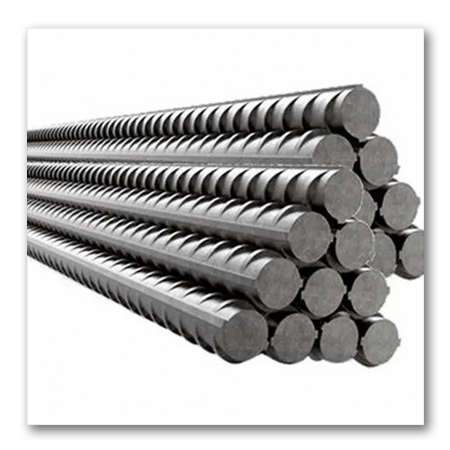
| Physical Properties | FE 550D Grade | Chemical Properties | FE 550D Grade | ||
|---|---|---|---|---|---|
| BIS | JR TMT | BIS | JR TMT | ||
| Yield strength N/mm2 Min | 550 | 580–610 | Carbon (Max%) | 0.25 | 0.18 – 0.22 |
| Tensile strength N/mm2 Min | 600 | 585–640 | Sulphur (max) | 0.040 | 0.030 |
| Stress ration (TS/YS) Min | 1.10 | 1.08 | Phosphorous | 0.040 | 0.035 – 0.040 |
| Elongation % | 14.5 | 16–20 | Sulphur & Phosphorous | 0.075 | 0.072 |
CRS 550D
